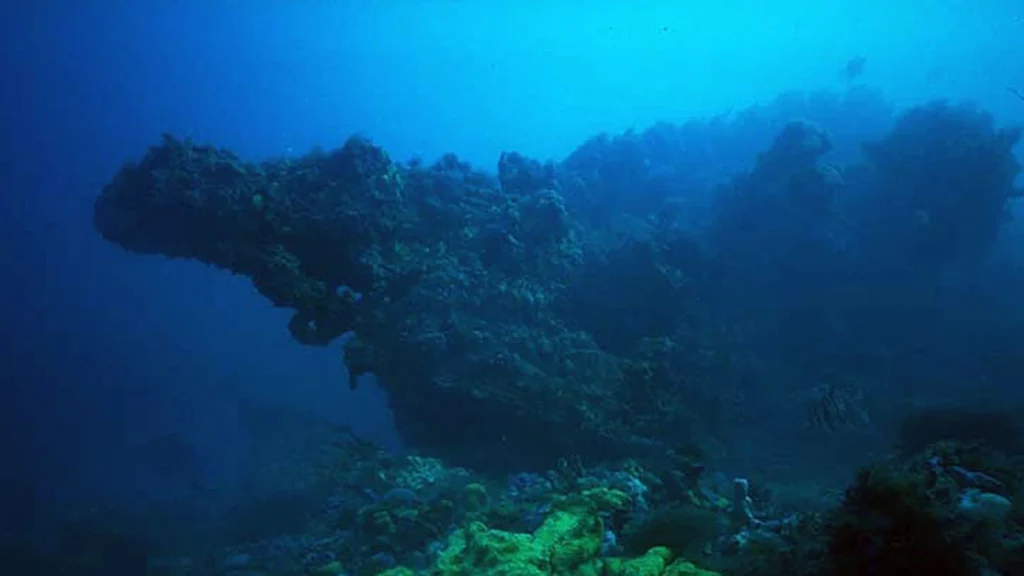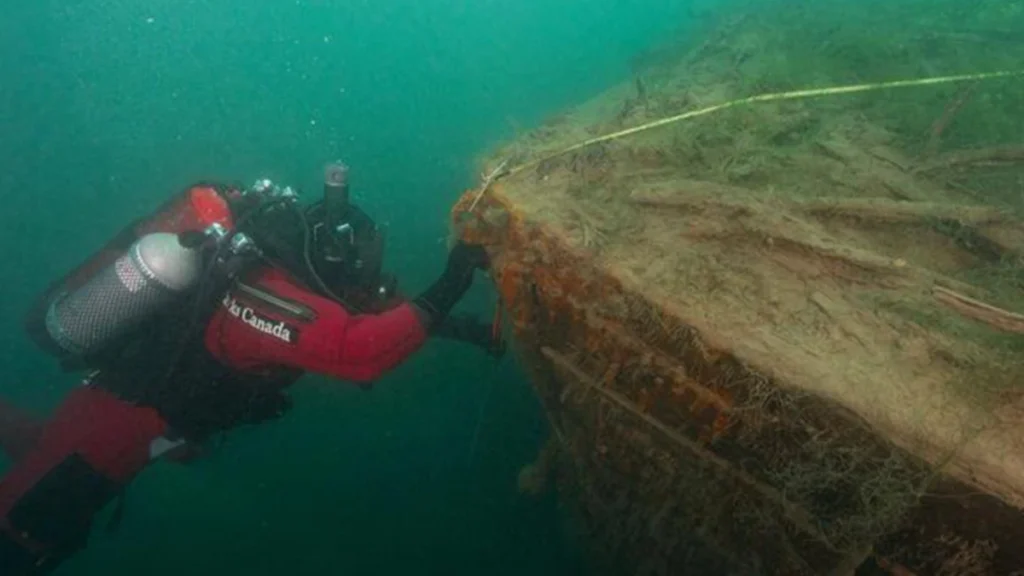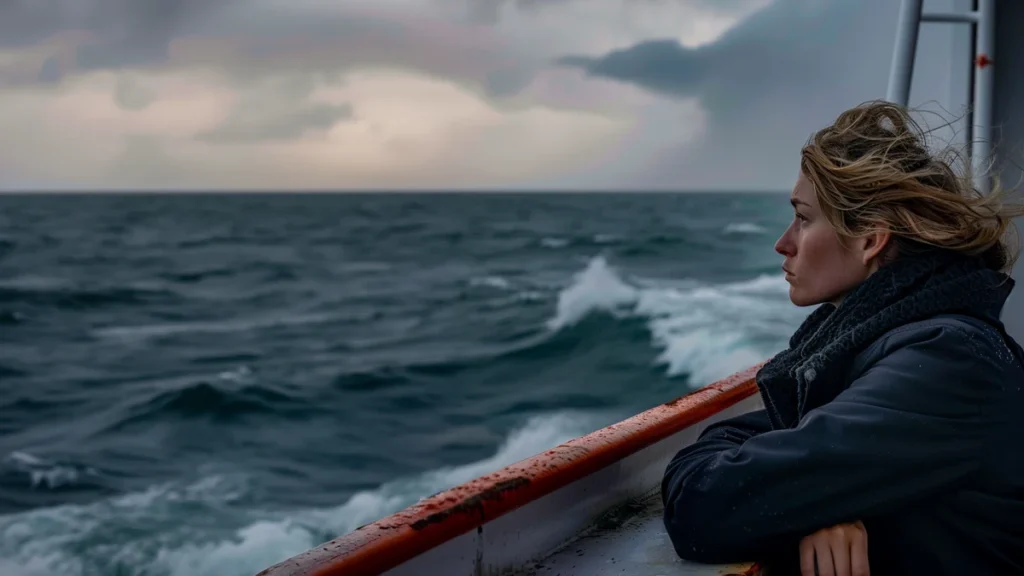Unveiling the Mysteries of SA Shipwrecks

Unveiling the Mysteries of SA Shipwrecks
South Australia’s coastline is steeped in maritime history, with tales of shipwrecks that echo through the ages. These sunken vessels serve as both historical artefacts and underwater attractions, offering divers a glimpse into the past and unveiling the mysteries of the deep. Join us as we delve into the captivating stories of historical shipwrecks along the South Australian coast, from tragic tales of loss to tales of survival and resilience.

The Zanoni: The Zanoni was a three-masted iron-hulled barque that met its fate off the coast of Yorke Peninsula in 1867. Laden with copper ingots and wool, the Zanoni struck a reef in heavy fog and sank to the ocean floor. Today, the wreck lies in shallow waters near Edithburgh, making it a popular site for divers to explore. Divers can still see remnants of the ship’s cargo, as well as its massive iron hull and scattered debris.

The Star of Greece: The tragic tale of the Star of Greece is one of South Australia’s most infamous shipwrecks. In 1888, this three-masted iron-hulled ship was caught in a fierce storm off the coast of Port Willunga and dashed against the rugged cliffs. Despite valiant rescue efforts, only a handful of survivors made it ashore. Today, the wreck lies submerged just offshore, serving as a poignant reminder of the perils faced by sailors in days gone by.

The Investigator: The Investigator holds a special place in Australian maritime history as the ship that carried British explorer Matthew Flinders on his epic circumnavigation of Australia in the early 19th century. In 1803, the Investigator ran aground on a coral reef near what is now known as Flinders Island in South Australia. While the ship was eventually refloated, it was later abandoned and scuttled in 1805. Today, the wreck lies in shallow waters near the island, attracting divers eager to explore its historic remains.

While exploring shipwrecks can be an exciting adventure, it’s important for divers to practise responsible diving practices to ensure their safety and protect these fragile underwater sites. Always dive within your limits and seek appropriate training and certification before attempting wreck diving. Respect any restrictions or regulations in place to protect the wrecks and their surrounding ecosystems. By approaching wreck diving with caution and respect, divers can safely unravel the mysteries of South Australia’s fascinating maritime history.